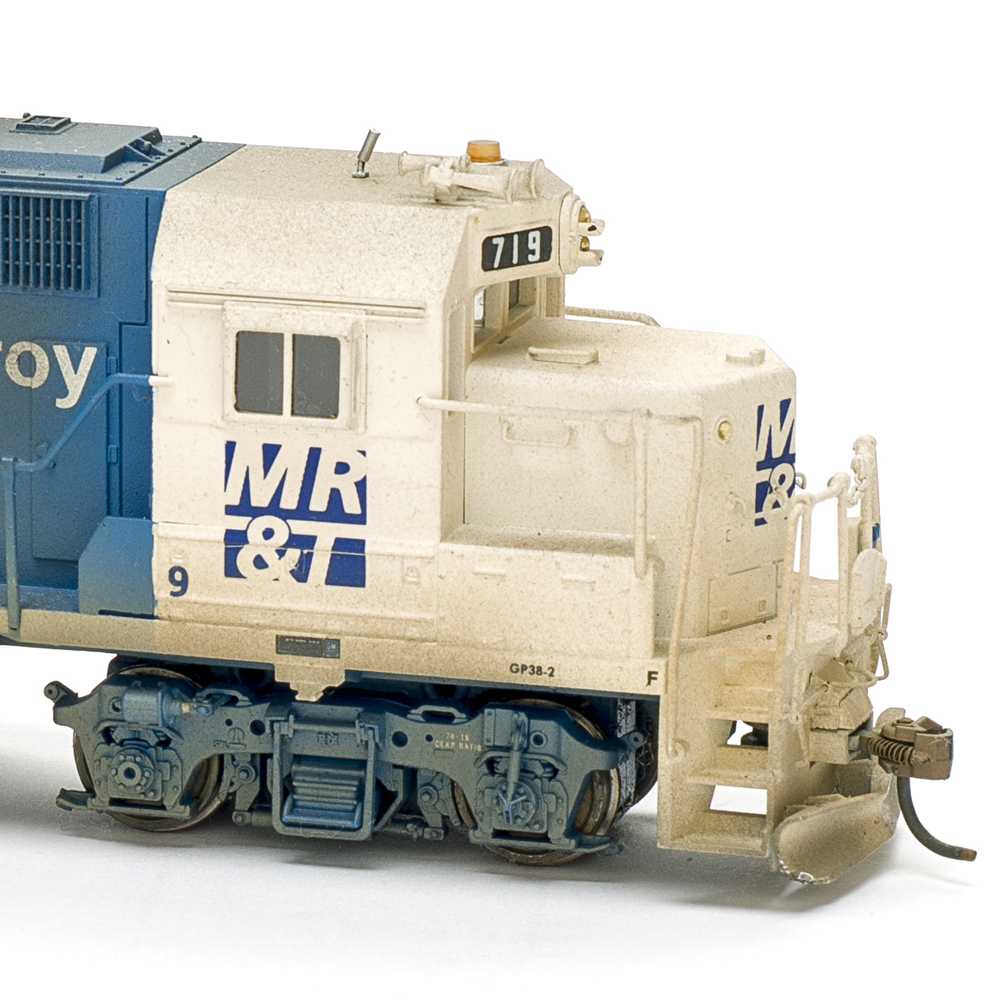
Q: When I was looking at pictures of the Milwaukee, Racine & Troy locomotive fleet, I noticed small numbers near the herald on some diesels. Were those numbers tied to the control system used on the layout, or did they have another meaning? — Jason Trew A: Those single- and double-digit numbers near the herald on […]
Read More…
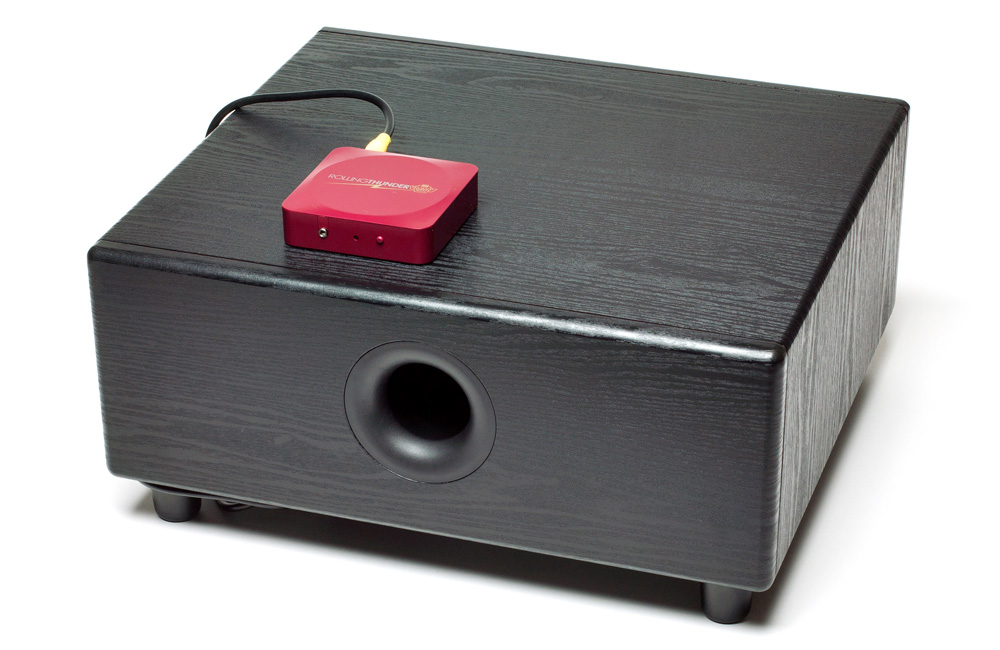
Q: I’m considering converting my N scale diesel fleet to DCC. I have a concern about getting realistic sound in N scale locomotives. On videos of model railroads I have watched, the diesel acceleration and running sound seems to feature the high-pitched whine of the diesel generators. When I railfan real diesels around the Pittsburgh […]
Read More…
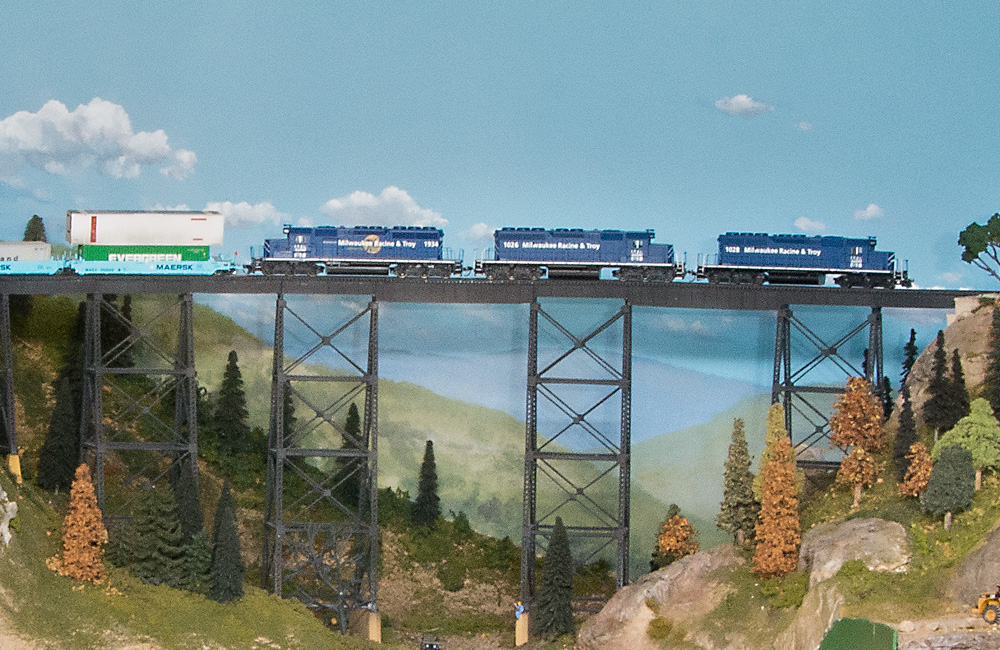
Q: I have a trestle bridge above a deep ravine on my HO scale layout and would like to automatically slow DCC locomotives approaching the bridge to avoid too rapid an entry. Using DCC, is there a method to provide such “auto deceleration?” — Paul Savello, Cedar City, Utah A: Hi, Paul. Such a thing […]
Read More…
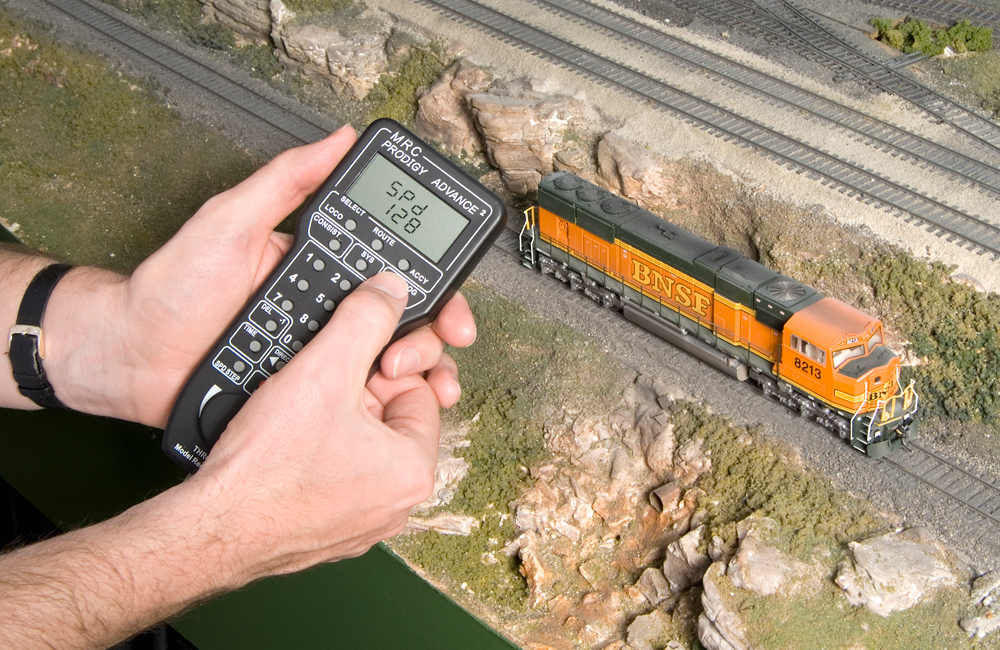
Q: In your “Ask MR” column “Speed matching DCC locomotives for better consisting”, you suggest to turn off the locomotives’ momentum, because momentum will interfere with accurately measuring the locomotives’ speed. My question is: How do I know if the ESU decoders that came with my locomotives are programed with momentum? I am using an […]
Read More…
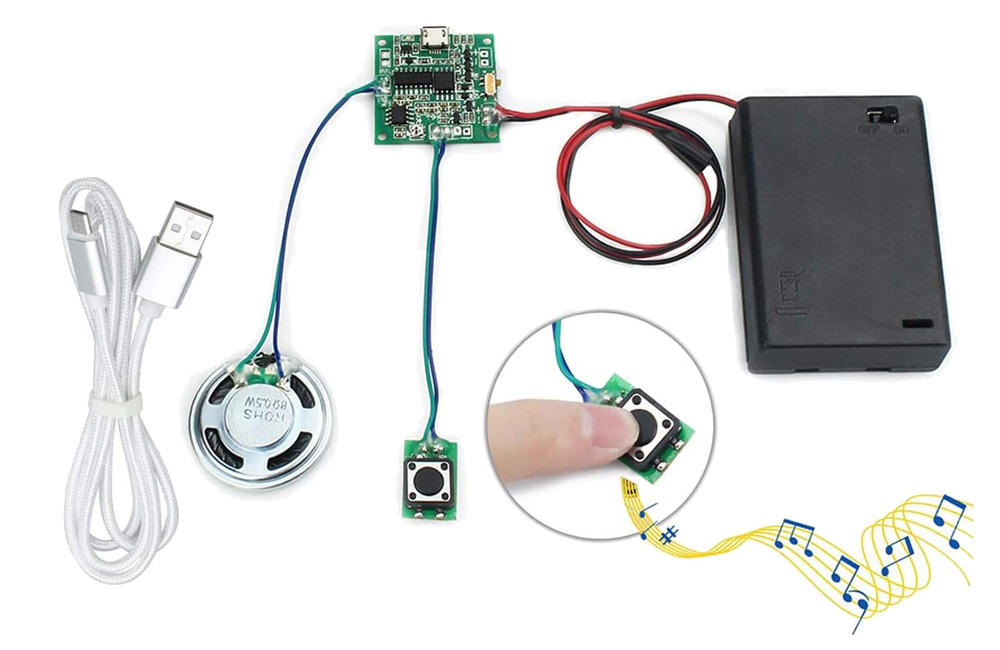
Q: I recently added a Faller carousel to my HO scale model railroad. It is lighted and motorized. Now I would like to add a sound module to the layout to play carousel sounds. Any suggestions where I might find one? — Larry Gaiardelli A: I couldn’t find a sound module pre-recorded with carousel sounds, […]
Read More…
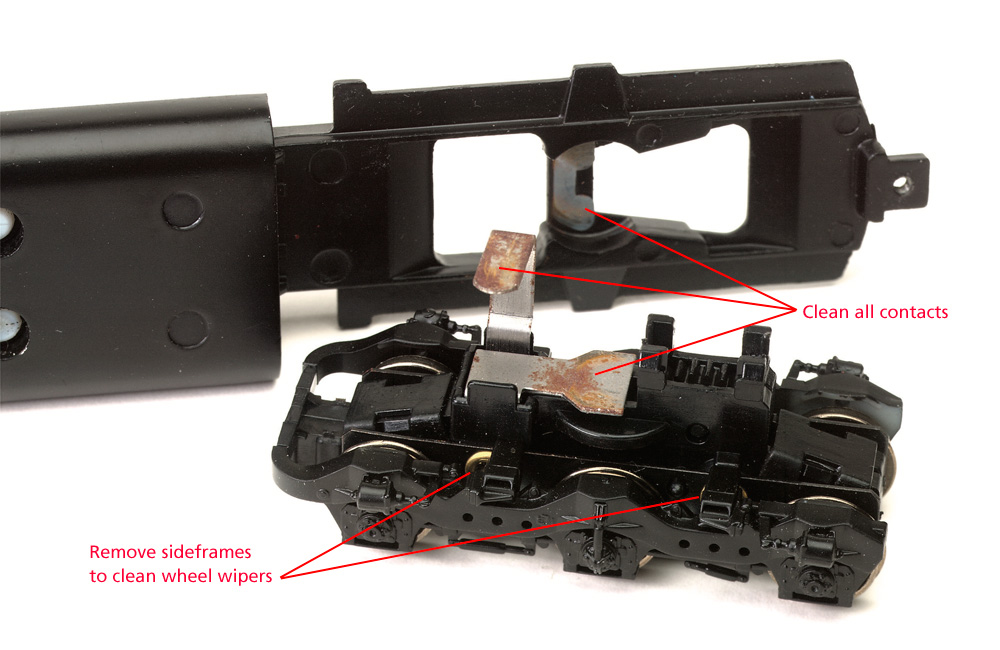
Q: I’m having some N scale locomotive electrical problems. My 6 x 8-foot layout is powered by NCE Digital Command Control. My locomotives will roll a few inches, then stop. If I give them a push, they stutter on/off, on/off, on/off. When the locomotives are moving, the block occupancy detector’s light-emitting diode (LED) is on, […]
Read More…

In model railroading there are times where you may need a power reversing switch. A couple of examples are when you’re installing switch motors or adding a reverse loop to a direct-current layout. In this article, I’ll walk you through the steps of wiring a DPDT power reversing switch. What is a DPDT switch? For […]
Read More…
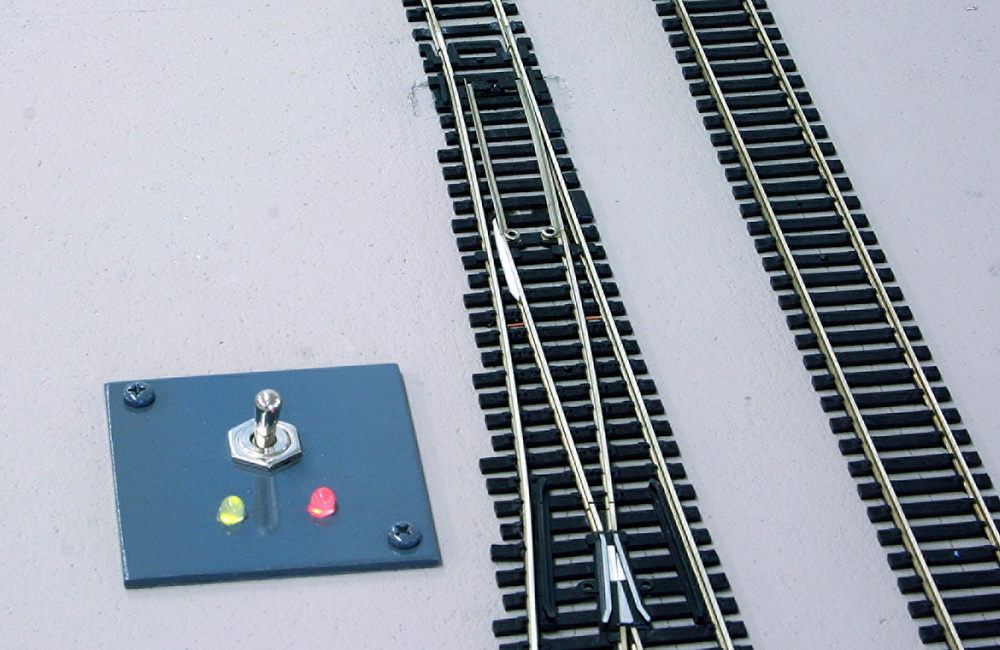
Q: I’m wondering how to control turnouts with momentary switches. Does a momentary SPDT toggle return to center off after it throws the switch machine? If so, will a light-emitting diode (LED) connected to the toggle stay on? — Ron Vowles A: It depends on how you wire it. A momentary single-pole double-throw (SPDT) toggle […]
Read More…
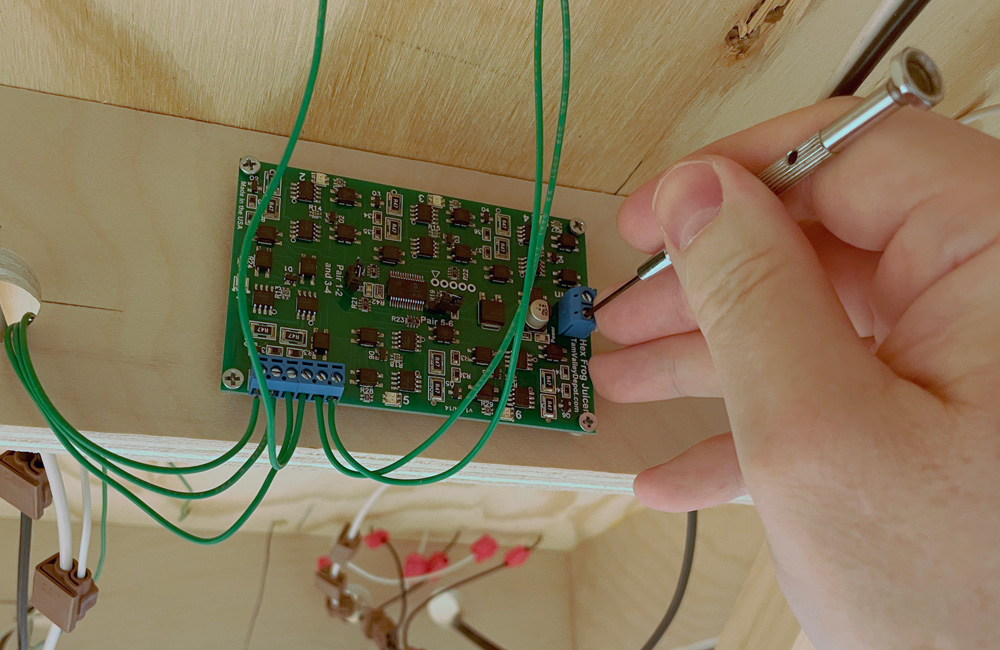
Q: I’m excited to lay track on my HO scale shelf layout. I have a few track laying questions. I’m using the Walthers turnouts with the little tab on the side for the frog power. I remember one of your videos where you talked about these turnouts and connecting the power to the frog. […]
Read More…
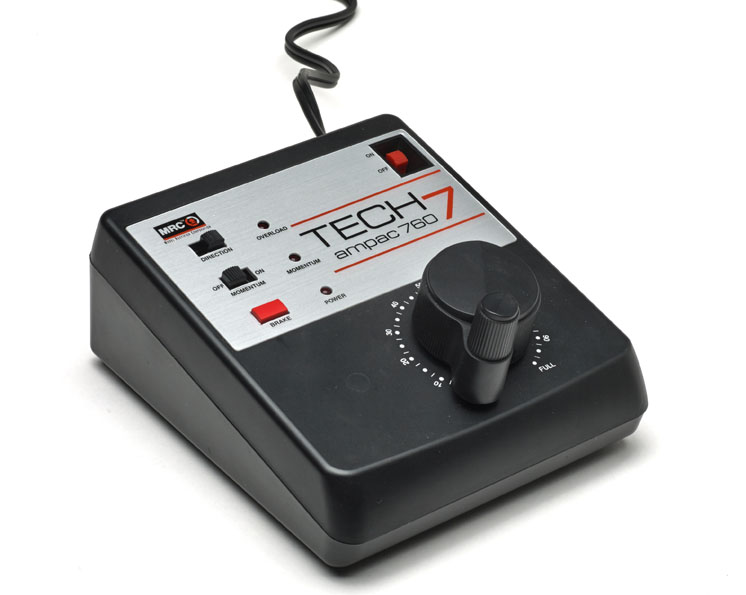
The simplicity of operating with a DC power pack like this MRC Tech7 is just one of several reasons to use DC block control on your model railroad. Though Digital Command Control may be the wave of the future, DC has its advantages and die-hard adherents. MRC photo Digital Command Control’s fervent fans to the […]
Read More…
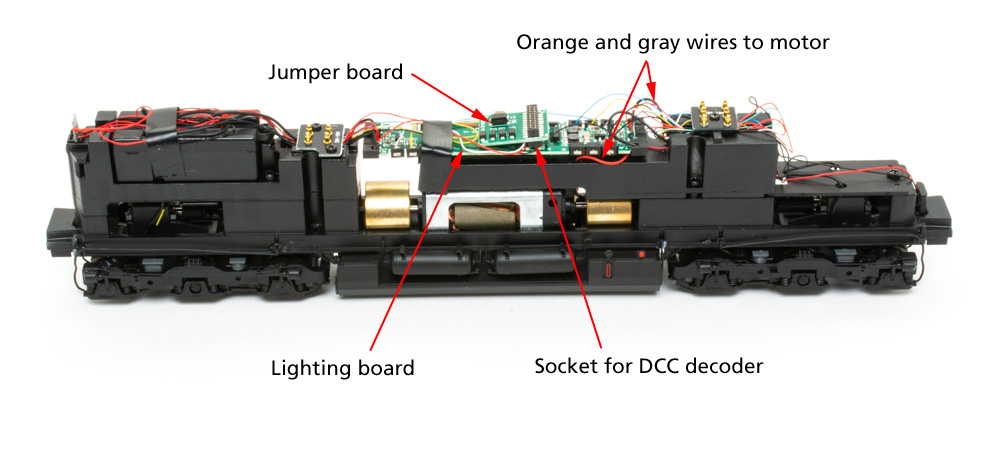
Q: I’ve been given several HO scale locomotives that unfortunately came without boxes or information about whether they were DCC equipped or not. Most are very nice, higher end models, not entry-level. Is there any way to safely find out if each locomotive is DC or DCC without taking off the shells? Even if I do remove […]
Read More…
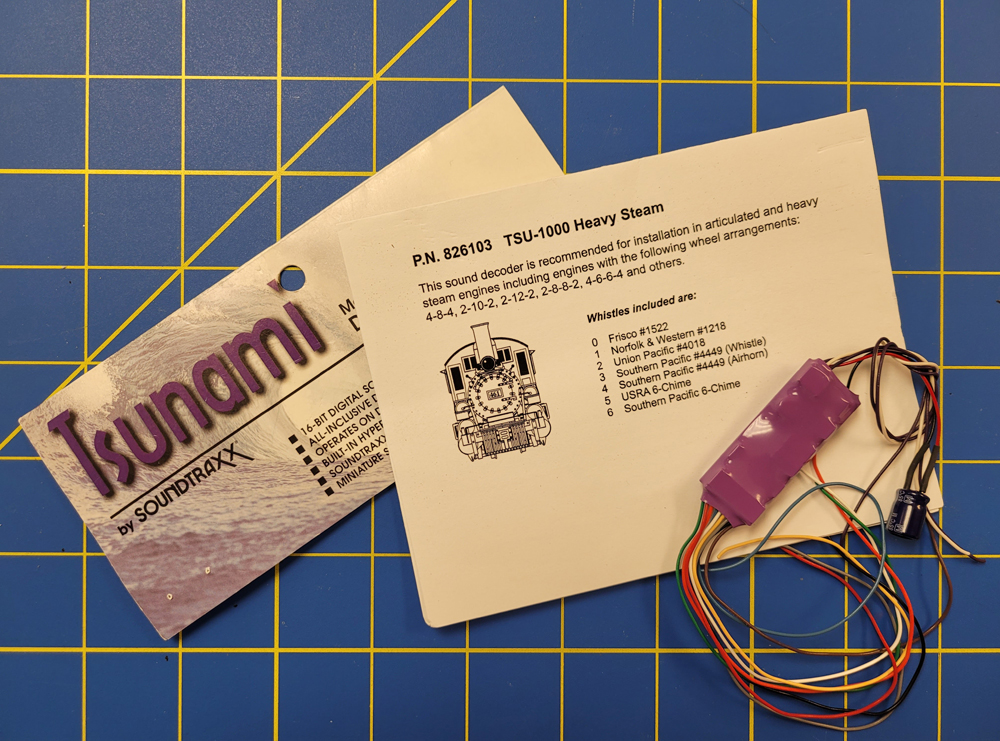
What are DCC sound decoders? Well, to put it briefly: A sound decoder is a computer on a chip that receives and interprets signals sent from the DCC base station and puts out an analog signal that makes an attached speaker produce the sound desired. There’s more to DCC sound decoders, though. There are two […]
Read More…












